
Getting Started with Python and DjangoFull-Stack Development
In today’s fast-moving digital world, creating dynamic and interactive websites requires more than just knowing how to design a page. It demands a solid understanding of full-stack development — the complete process of building both the frontend (what users see) and the backend (how things work behind the scenes) of a web application.
What is Full-Stack Development?
Full-stack development refers to the development of both the frontend (client side) and backend (server side) of a web application. A full-stack developer is someone who understands how to build the complete product — from designing the user interface to connecting with databases and handling data securely.
This approach is especially important in modern web development because it promotes:
● Faster development cycles
● Better coordination between teams
● The ability to troubleshoot and build independently
Why Python and Django?
Python has become one of the most loved programming languages thanks to its simplicity, readability, and flexibility. It’s used in everything from data science to artificial intelligence — and of course, web development.If you’re looking to master these technologies and kickstart a career in web development, joining a trusted Python training institute can make all the difference. A strong foundation in Python and Django is essential for anyone aiming to become a full-stack developer.
When it comes to building web applications with Python, Django stands out as a powerful and popular web framework. Django is designed to help developers build secure and maintainable websites quickly. It comes with a wide range of built-in features that make backend development smoother, such as:
● A fully functional admin panel for managing content and data
● Built-in security features to protect against common web threats
● An intuitive URL routing system for handling web requests
● Tools for managing forms, authentication, sessions, and more
Frontend vs Backend: The Two Sides of Full-Stack
To understand full-stack development, let’s break it down into two key parts:
Frontend (Client Side)
This is everything the user interacts with on a website. Common technologies include:
● HTML: For structuring content
● CSS: For styling and layout
● JavaScript: For interactivity
● React: A popular JavaScript library for building user interfaces
Backend (Server Side)
This is the hidden part of the website that processes data, stores information, and controls the logic. Django fits in perfectly here by:
● Connecting to a database to store data
● Creating APIs to communicate with the frontend
● Managing user authentication and data processing
● Providing secure access to protected resources
How Django and the Frontend Work Together
In a full-stack Django project, Django typically acts as the backend API provider. This means it handles data storage, logic, and security. On the other hand, the frontend — built with tools like React or plain JavaScript — sends requests to Django to get or send data.
Here’s a simplified data flow:
- The user fills out a form on the frontend
- The frontend sends the data to Django through an API request
- Django processes the request, interacts with the database, and sends back a response
- The frontend updates the interface based on Django’s response
This separation allows for faster, more scalable development and makes it easier to manage
both parts of the application.
Real-World Applications You Can Build with Django
Django’s flexibility means it can be used to build a wide variety of web applications, such as:
● Blogs and Content Management Systems
● E-commerce Platforms with cart, checkout, and payment options
● Task Managers and To-Do List applications
● School or College Management Systems for tracking students, teachers, and grades
● Event Booking Systems
● Social Media-style Platforms
And Django isn’t just for small projects. It’s trusted by big names like:
● Instagram
● Pinterest
● Mozilla
● Disqus
● National Geographic
These companies use Django because it’s reliable, scalable, and fast to develop with.
Benefits of Using Django in Full-Stack Projects
So, why should you consider Django for full-stack development? Here are some key advantages:
Rapid Development
Django’s built-in tools and clean structure help you move from idea to finished project in less time.
Batteries-Included Framework
Django comes with many essential tools built-in, reducing the need for third-party libraries.
High Security
Django helps developers avoid many common security issues — right out of the box.
Scalable and Maintainable
Django’s clear structure makes it easier to scale as your project grows and keeps your code organized.
Comparison with Other Frameworks
● Django vs Laravel (PHP): Django is often considered more secure by default and benefits from Python’s readability and simplicity.
● Django vs Node.js (JavaScript): Node.js allows JavaScript across the stack, but Django often wins in projects where rapid development and built-in admin tools are crucial.
Final Thoughts
Python and Django together offer one of the most powerful stacks for full-stack development. Whether you’re building a blog, launching a startup, or creating a school portal, Django gives you the foundation to build reliable, secure, and scalable applications — with speed and simplicity.
For learners based in Kerala, especially those looking for hands-on experience, enrolling in a comprehensive Python full-stack training in Kochi is the best way to gain real-world skills. Institutes like Camerin offer training programs that cover everything from frontend technologies to Django-based backend development, making you industry-ready.

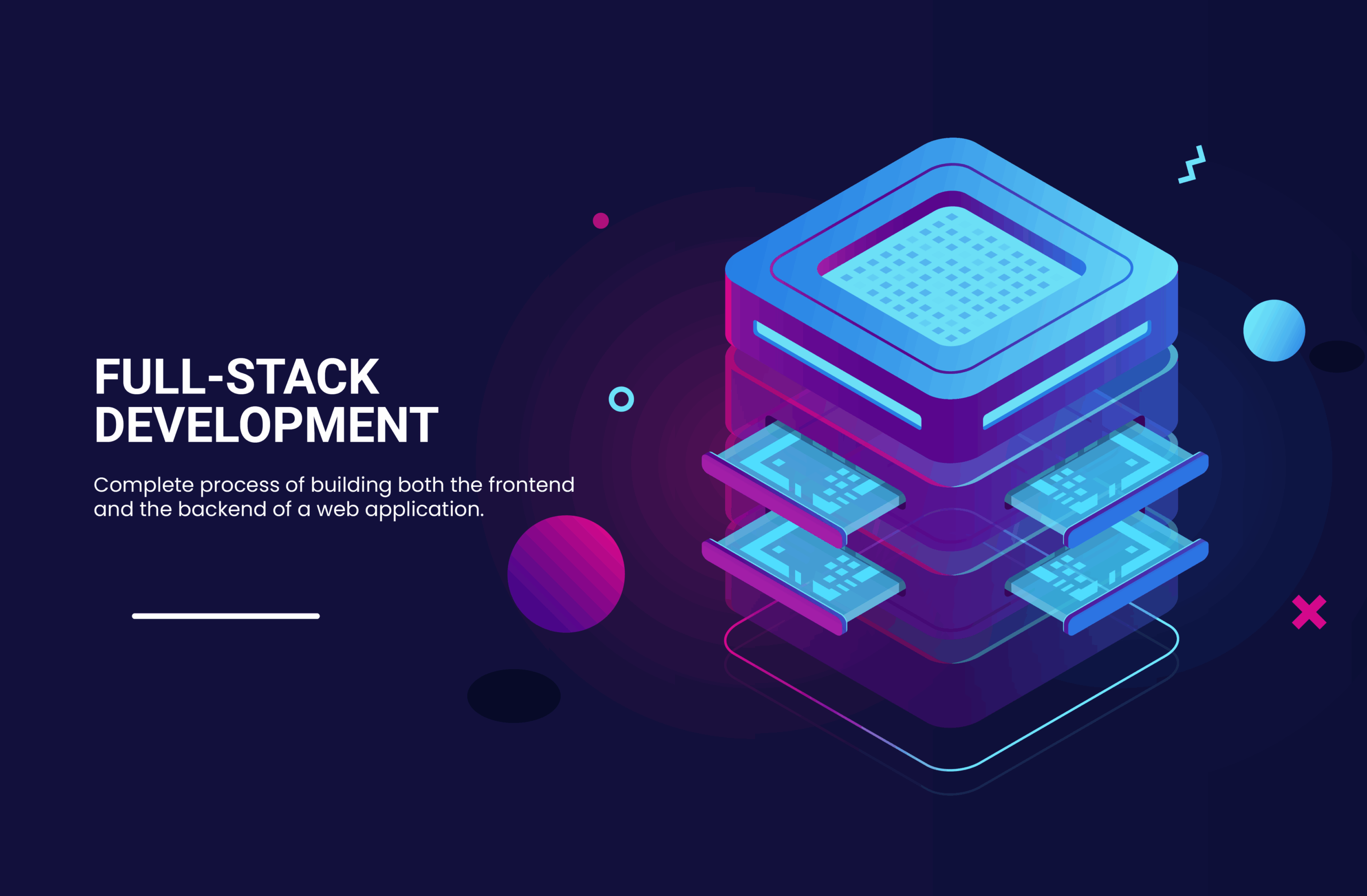
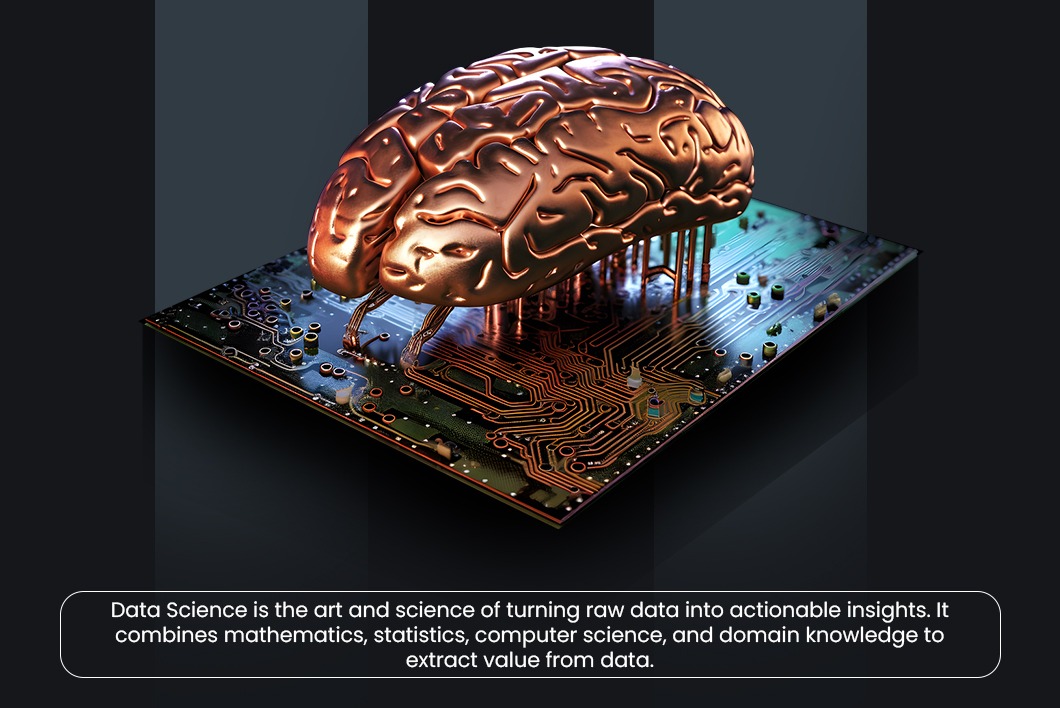
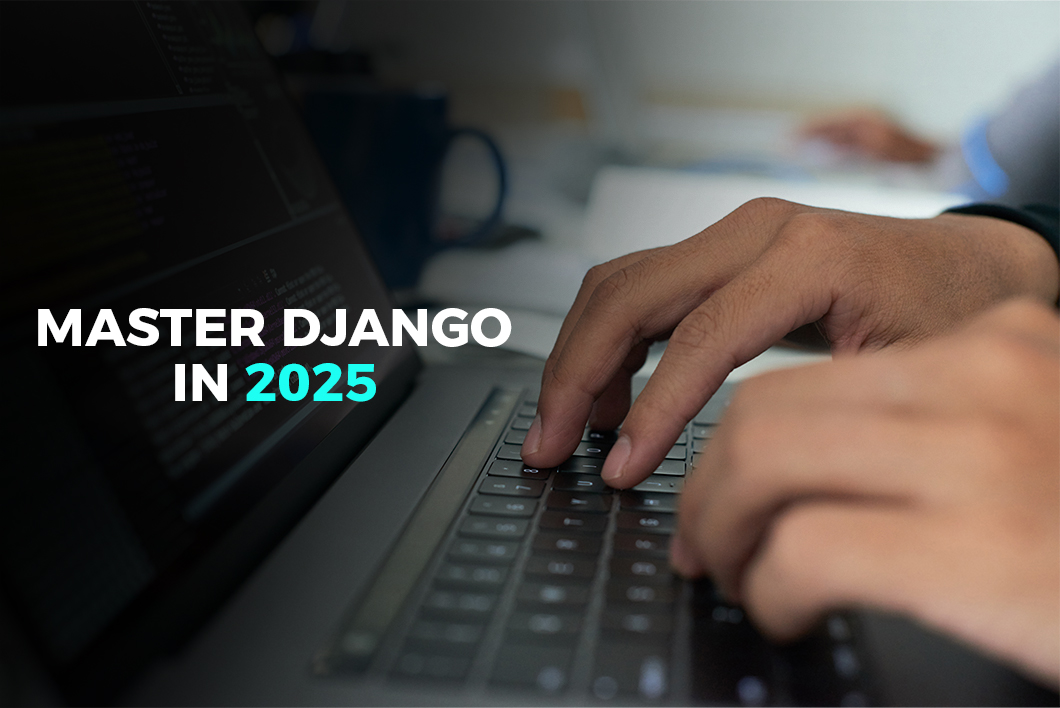
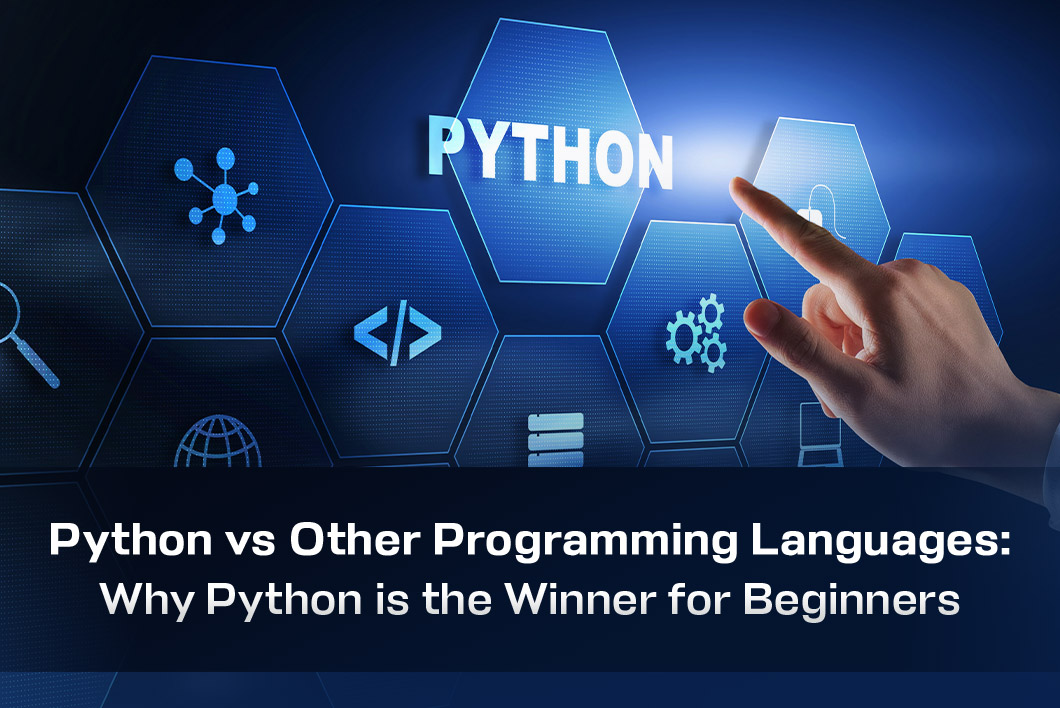
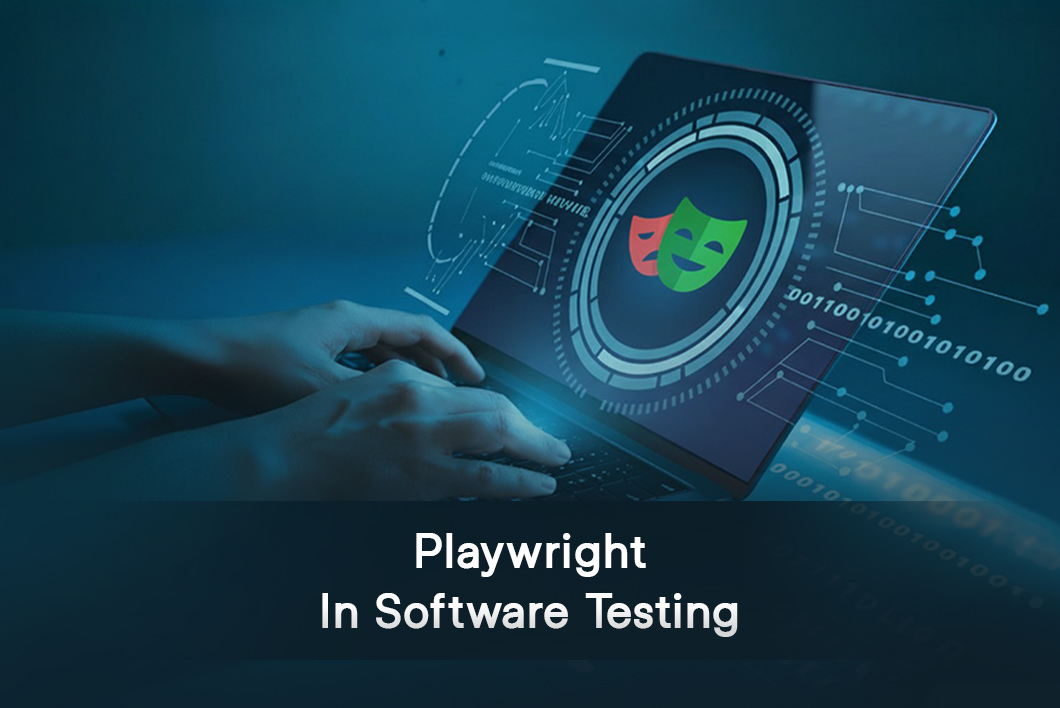


 How can I help you?
How can I help you?